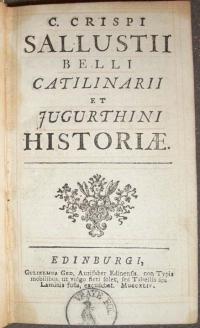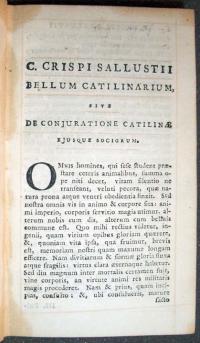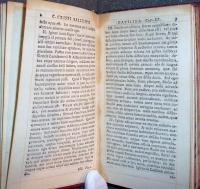In the early eighteenth century, a Scottish goldsmith named William Ged (1690-1749) experimented with a new printing technique in which a whole page of type is cast as a single metal plate. Not having his own shop, Ged borrowed a page of set type so that he could make a mold of it and then, cast the mold in lead. His invention become known as stereotyping and allowed a printer to return individual pieces of type to the composing room for reuse, while the metal plates could be stored and printed on demand. Corrections could easily be made by cutting out the imperfect part and soldering the necessary new type into place.
Around the same time, William Caslon was establishing the first successful type foundry in London. Caslon was afraid Ged’s invention would diminish his type business, so he made a public bet with Ged that he could set and print pages faster than Ged could reproduce them. Ged won the bet, but Caslon did not give up and secretly sabotaged Ged’s business (accounts differ on this), sending him into bankruptcy. In the end, Ged only stereotyped the pages for one complete book. Ironically, the text concerns an ancient Roman conspiracy written by Sallust.


